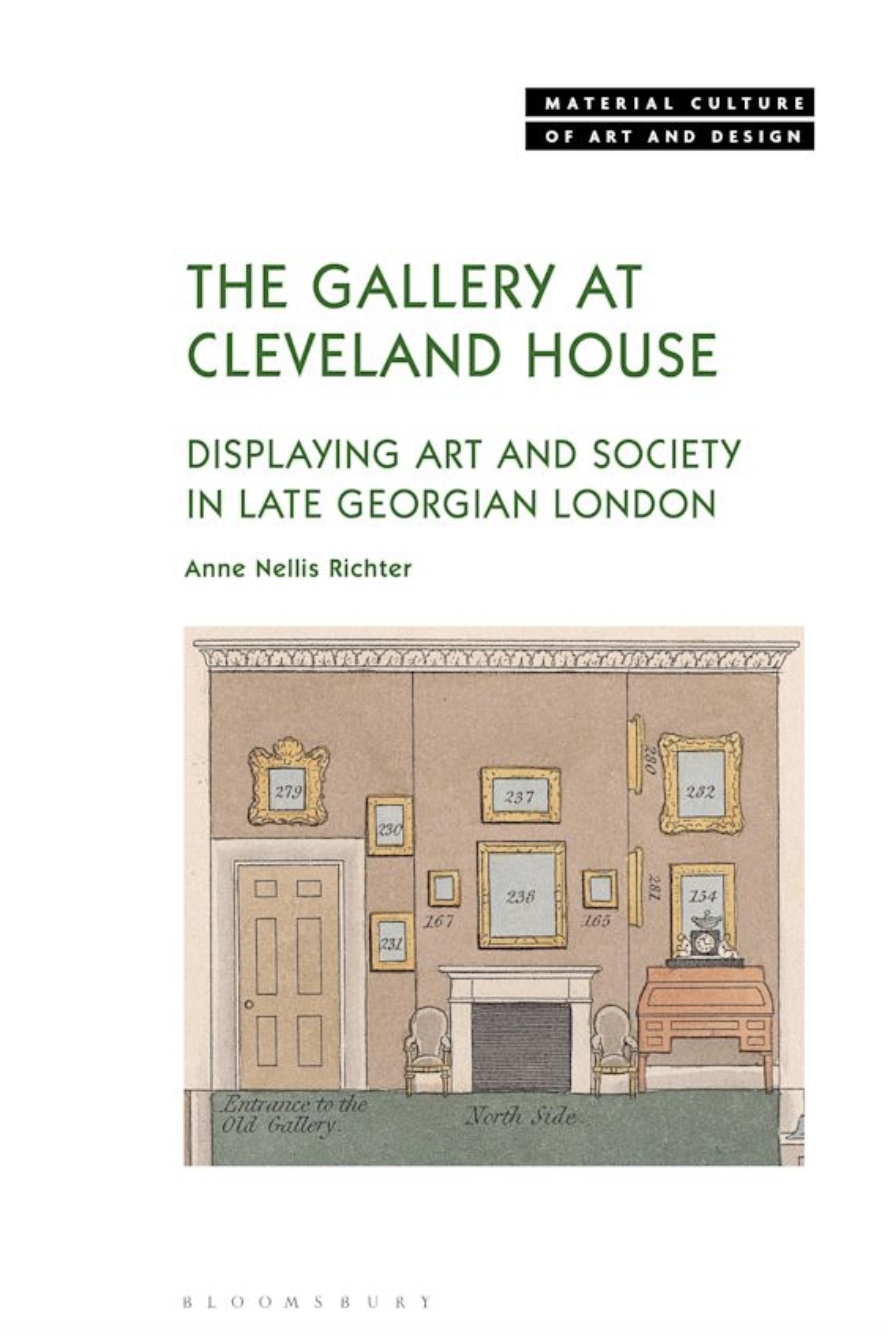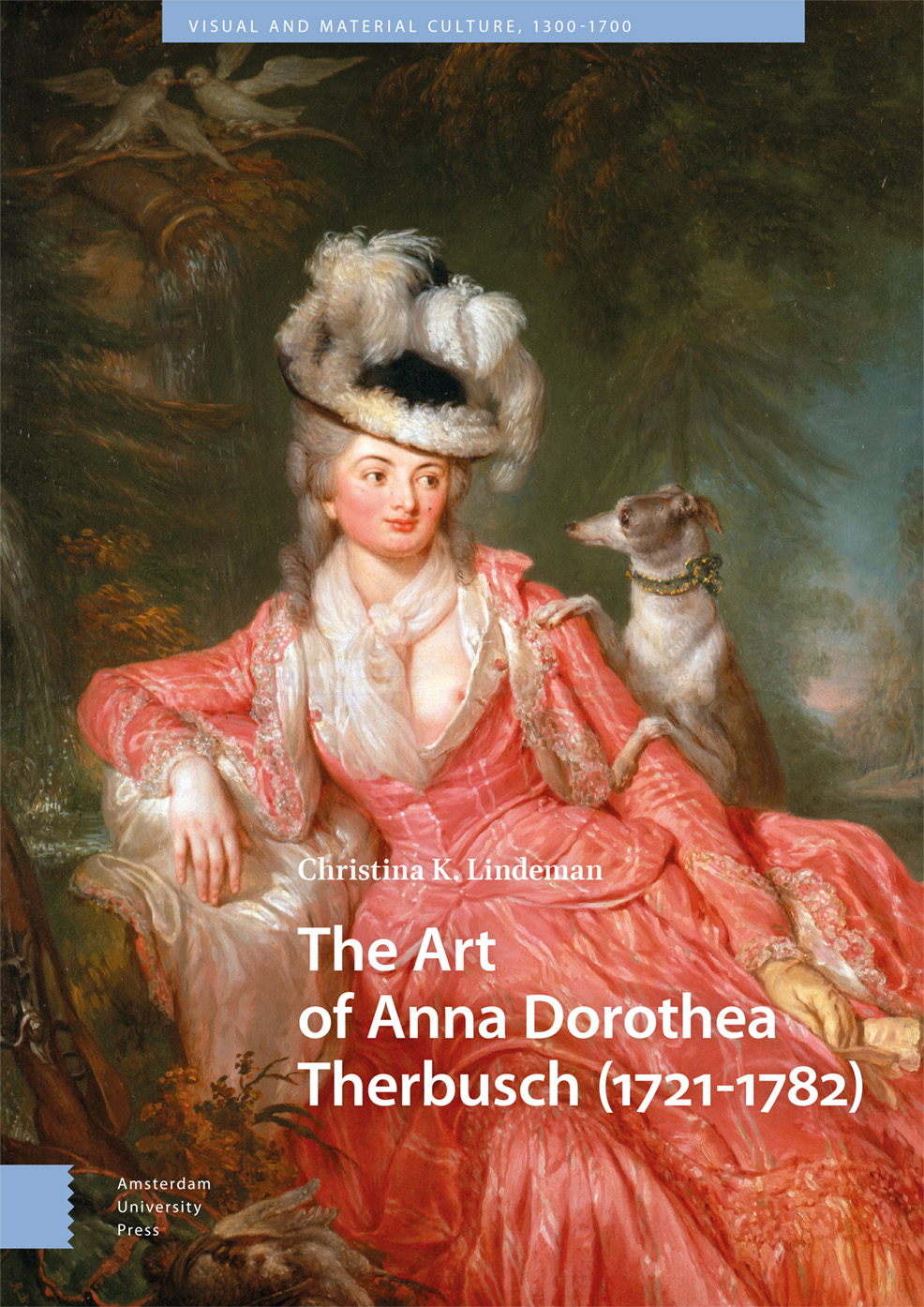Call for Papers | ‘The Hearts of the Leuchtenberg’
From the Call for Papers (see the DFK’s website for the German and French versions) . . .
‘The Hearts of the Leuchtenberg’: Cultures of Remembrance of a 19th-C. European Noble Family
‘Die Herzen der Leuchtenberg’: Erinnerungskultur(en) einer europäischen Adelsfamilie im 19. Jahrhundert
Munich, Bayerisches Nationalmuseum, 24–26 October 2024
Proposals due by 15 April 2024
On the occasion of the two-hundredth anniversary of the death of the founding father of the Leuchtenberg dynasty—Eugène de Beauharnais, who died on 21 February 1824 in Munich—the German Center for Art History Paris (DFK Paris) is co-organizing, with the Musée national des châteaux de Malmaison et Bois-Préau and the Bayerisches Nationalmuseum, an international colloquium on the cultures of remembrance within the Leuchtenberg family. The Leuchtenbergs’ French-Napoleonic origins, as well as the loss of former greatness that accompanied the family’s exile in Bavaria and change of name, had a lasting impact on their position in the Kingdom of Bavaria, where, following Eugène’s appointment as the Duke of Leuchtenberg and Prince of Eichstätt by Maximilian I Joseph on 15 November 1817, they were the highest-ranking nobles outside the royal family.
The development of the various memorial practices and/or memorial concepts of this important noble family is to be examined against the backdrop of the specific cultures of remembrance that characterized the first half of the nineteenth century, which were shaped equally by the new emotional culture of the era of sentimentality as by the Restoration period with its anti-French tendencies. Their rich material legacy—which includes souvenir albums, commemorative pieces of jewellery, hand-crafted objects and furnishings, which today remain preserved in public and private collections—partakes of the epochal phenomenon of the “unübersehbare[n] Konjunktur des dinglichen Andenkens in der materiellen Kultur des 19. Jahrhunderts” (unmistakable boom in souvenirs within the material culture of the nineteenth century) [Holm/Oesterle 2005]. In addition to objects, the Leuchtenbergs left behind abundant correspondence and diaries. Along with collections, libraries, and archives; moreover, they bequeathed a aristocratic culture of remembrance and a material culture that consisted not only of monuments—such as the heart urns, former in the chapel of the Palais Leuchtenberg in Munich and today in the Wittelsbachergruft in St Michael—but also charitable foundations and portraits. As “means of remembrance,” these are eloquent expressions of the intimate relationships among the individual family members, which intensified with the early death of the father and with the conditions of spatial separation that resulted from the family’s successful marriage politics. Aside from its main historical residences in France, Italy, and Bavaria, the family is traceable through the marriages of Joséphine von Leuchtenberg (1807–1876) in Sweden, of Amélie (1812–1873) in Brazil, of Auguste (1810–1835) in Portugal, and of Eugénie (1808–1847) and Théodelinde (1814–1857) in southern Germany (principalities of Hohenzollern-Hechingen and Württemberg). The Russian phase of the family’s history began on 14 July 1839 with the marriage of the youngest son and heir, Maximilian, 3rd Duke of Leuchtenberg (1817–1852), to Maria Nikolaevna, the daughter of Tsar Nicholas I.
The aim of the colloquium is to document, for the first time, the “artifacts and media” scattered around the world from the Leuchtenberg estate and to jointly reassess them through the lens of the culture of remembrance, including questions of materiality and mediality, investigation of haptic properties and performativity, and the presentation of exact provenances. The ways in which objects were gifted, dedicated, passed down, and perhaps exchanged among the Leuchtenbergs are crucial for understanding their precise location in the memorial practices of the family. In addition to the sentimental-emotional orientation—e.g. commemorative objects “die der bedürftigen Seele zur Anlehnung dienen” (that offer support for the needy soul) [Praz], or the “Interieur als Fluchtorte in die Erinnerung” (interior as a place of escape into memory)—the question of commemorative motivation also arises in the case of the newly princely Leuchtenbergs. The exploration of “sozialer Sinn- und Zeithorizonte” (social horizons of meaning and time), for instance by examining the referentiality to the past and a still-to-be-defined orientation of the family’s culture(s) of remembrance, is intended to contribute to a better understanding of the Leuchtenberg family, which had to reinvent and assert itself as a dynasty in its time—as a Gedächtnisgemeinschaft, or community of memory [Jan Assmann; Pierre Nora].
The colloquium marks the conclusion of a long-term research project, wherein, after France and Italy, Bavaria is the current focus of research as the last of the three stages of Prince Eugène’s life. The period under investigation includes the lifetime of his wife Augusta Amalia of Bavaria (d. 1851), who as a supervisory entity decisively steered and shaped the mementos of Prince Eugène (Honneur et fidelité), as well as his direct descendants. Comparative examples from other families or national contexts that address questions around the aristocratic culture of remembrance in the nineteenth century are just as welcome as transdisciplinary and transcultural research approaches. Possible topics are: objects and object biographies (e.g. souvenirs, memorial jewellery, hand-crafted items); the culture of gifting; commemorative albums, including questions about performativity; communication culture (e.g. letters, diaries); memory in literature (e.g. biographies, editions of letters); monuments (e.g. commemorative plaques, grave monuments); collections (e.g. archives between Funktionsgedächtnis and Speichergedächtnis, libraries, art collections); places; domestic culture and materiality; festivals; travel; image culture (e.g. portraits); and the cults of family and friendship.
The colloquium will take place 24–26 October 2024 in the Mars-Venussaal of the Bayerisches Nationalmuseum in Munich. Junior scholars are welcome to submit their proposals. Presentations are limited to 20 minutes, followed by a 15-minute discussion. Proposals are requested in German, French, or English by 15 April 2024 and should not exceed approximately 3,000 characters (including spaces), a short biography and contact details (email address, address, and institution). Submit proposals to the following address: leuchtenberg@dfk-paris.org. A notification of the acceptance of submissions will be made by the beginning of May 2024.
Organizing Committee
• Elisabeth Caude, Director of the Service à Compétence Nationale des musées nationaux des châteaux
de Malmaison et Bois-Préau, de l’île d’Aix et de la Maison Bonaparte à Ajaccio
• Dr Jörg Ebeling, Research Director, German Center for Art History Paris
• Dr Sybe Wartena, head of department, Furniture, games, musical instruments and models, Bavarian
National Museum, Munich
Scientific Committee
• Dr Birgit Jooss, Head of Art and Tradition, Wittelsbacher Ausgleichsfonds
• Dr Sylvia Krauss-Meyl, Former Archive Director, Bayerischen Hauptstaatsarchiv München
• Lars Ljungström, Head of the Department of Collections and Documentation, Swedish Royal Collections
• Prof. Dr Hans Ottomeyer, Former President, Stiftung Deutsches Historisches Museum, Berlin
• Marina Rosa, Chair, Centro documentazione Residenze Reali Lombarde
A select bibliography for the Leuchtenberg Family is available with the full Call for Papers.
Call for Papers | Visualizing Antiquity: Collectors, Artists, Scholars
From the Call for Papers and ArtHist.net (which includes the Call for Papers in German). . .
Visualizing Antiquity: On the Episteme of Early Modern Drawings and Prints —
Part III: Collectors, Artists, Scholars: Knowledge and Will in Collection Catalogs
Bildwerdung der Antike: Zur Episteme von Zeichnungen und Druckgrafiken der Frühen Neuzeit — III: Sammler, Künstler, Gelehrte: Wissen und Wollen in Sammlungskatalogen
Berlin-Brandenburgische Akademie der Wissenschaften, 21 June 2024
Organized by Ulrich Pfisterer, Cristina Ruggero, and Timo Strauch
Proposals due by 17 March 2024

Lorenz Beger, Numismatum Modernorum Cimeliarchii Regio-Electoralis Brandenburgici Sectio Prima … (Coloniæ Brandenburgicæ 1704), p. 1 (Photo: UB Heidelberg).
The academy project Antiquitatum Thesaurus: Antiquities in European Visual Sources from the Seventeenth and Eighteenth Centuries, hosted at the Berlin-Brandenburg Academy of Sciences and Humanities (thesaurus.bbaw.de/en), and the Zentralinstitut für Kunstgeschichte Munich (zikg.eu) are organizing a series of colloquia in 2023–2025 on the topic Visualizing Antiquity: On the Episteme of Drawings and Prints in the Early Modern Period. The significance of drawings and prints for ideas, research, and the circulation of knowledge about ancient artifacts, architecture, and images in Europe and neighboring areas from the late Middle Ages to the advent of photography in the mid-19th century will be examined. The two previous colloquia were dedicated to the topics of the ‘unrepresentable’ properties of the depicted objects and the documentation of different states and contexts of ancient artifacts. This third conference will explore the questions of form, purpose and meaning of images and illustrations in collection catalogs and the role of the people involved.
Collecting is one of the oldest human activities. The interest in gathering objects of varying artistic, scientific, historical, religious, idealistic and emotional value or antiquitates, realia, naturalia, and curiositates was initially documented primarily by written sources such as inventories, but since the 16th century there has been an increase in illustrated (drawn or printed) evidence of the passion for collecting. Our colloquium questions possibilities and strategies to visualize a collection. Descriptions of private or public collections, Thesauri, Monumenta, Specimens, Recueils, Specula, Theatra mundi, Segmenta nobilium, Admiranda antiquitatum, Corpora, and Commentaria are the most common titles of publications dedicated to the various types of collections of (antique) objects. The need to record their holdings in pictures, to give them a classificatory order, to supplement or interpret them descriptively with commentaries, grew particularly with the development of printmaking, while the drawn collection was usually the privilege of a few, mostly wealthy or educated personalities.
We would like to examine the illustrated collection catalogs and analyze the role of the collectors, artists, and scholars involved in relation to the knowledge and intentions expressed in the collection catalogs. Furthermore, we are interested in different uses of these important visual sources and strive to gain new insights into the functions and impact of these catalogs on the art world. Possible contributions can address the following aspects, but further suggestions are also welcome:
• First genre-specific or heterogeneous collection catalogs in Europe
• The role of collectors in the art world and their influence on the construction of collection catalogs
• The relationship between artists and collectors in relation to the presentation of artworks in catalogs
• The importance of scholars and experts in the creation of collection catalogs and their involvement in the creative process
• The range of visualization of collections as a whole and of the individual collection object; formats, techniques, plate vs. text illustration, etc.
• The possibilities of comparative representation, displaying different sizes, quantities, formal characteristics, thematic focuses, material values, etc.
Solicited for the third colloquium are papers in English, French, German, or Italian, 20 minutes in length, ideally combining case study and larger perspective. Proposals (maximum of 400 words), together with a short CV (maximum of 150 words), can be submitted until 17 March 2024 to thesaurus@bbaw.de, keyword ‘Episteme III’. Publication in extended form is planned. Travel and hotel expenses (economy-class flight or train; 2 nights’ accommodation) will be reimbursed according to the Federal Law on Travel Expenses (BRKG).
The fourth and final study day in the series—expected to take place in January 2025 on the occasion of a planned exhibition at the Zentralinstitut für Kunstgeschichte—will be entitled Fake-News? Fantasy Antiquities and will address the problem of the authenticity of the antiquities depicted.



















leave a comment